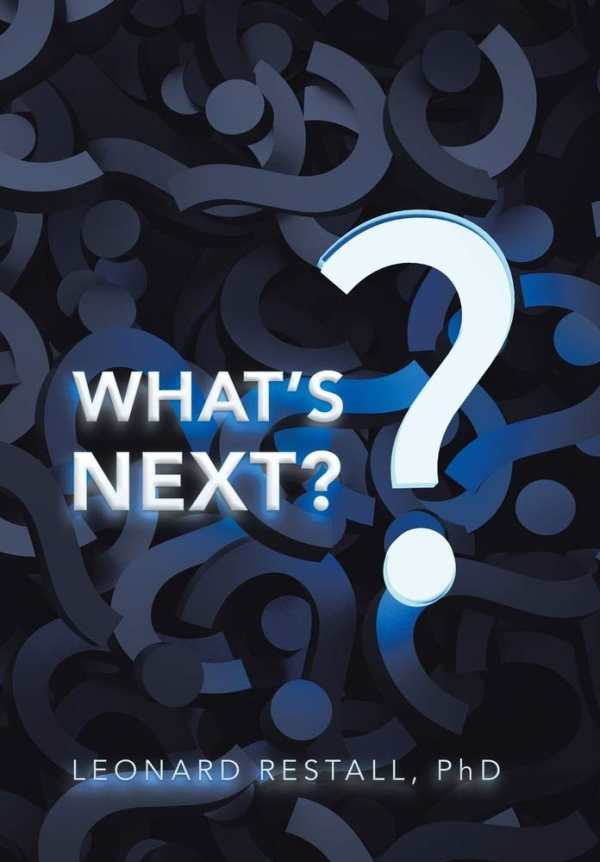What's Next?
Combining common sense wisdom with psychological insights, What’s Next? argues that change is possible.
Leonard Restall’s self-help book What’s Next? contains strategies for taking positive career steps forward.
Restall, who completed his PhD at the age of seventy and published his first book at the age of eighty-seven, was once asked what he planned to do next. His answer moves from considerations of personality types into examinations of Proverbs, considering how meaningful, achievable goals should be formed. With the idea that others might also rise above challenges to reach personal goals, this book plays on similar notions.
Next steps, the book argues, should always begin with personal considerations and be centered in what makes individuals unique. An overview of the Myers-Briggs Type Indicator is included for clarity, including brief definitions of sixteen of its types and a short questionnaire. Fourteen common personality types are explored in depth, but without refreshing or illuminating the information further. Instead, the text moves from personality types to suggesting specific, measurable goal-setting methods.
The text also muses on change and motivations for and against change—whatever causes a person to start or stop something, or to keep on doing something. In such ways, the book applies psychological principles in a concrete fashion, as with asking its audience to consider, for example, what they think about the reasons they succeed or fail. It suggests that speaking words out loud—such as “My success has resulted from my efforts and a good strategy”—can be helpful. A clear sense that some circumstances are still beyond an individual’s control, but that responses to circumstances never are, pervades.
Still, these are familiar notions that limit the book’s suggestions for attaining success to the realm of self-understanding and personal goal setting. A chapter on individual attitudes and ways of thinking, for example, describes four ways of thinking—concrete, abstract, random, and sequential—and even combines them, all in support of what it calls the biblical principle that what people believe impacts what they do.
The text’s organization is logical: its seven brief chapters move from foundational ideas toward specific techniques, and the work closes with a pep talk, but there’s little to distinguish it among books of its kind. Too much room is devoted to self-help quizzes and questionnaires; the text is light on original content.
Approachable, easy-to-understand language helps with the book’s presentations of complex ideas, as with an equation used to explain how expectations are linked to values and goals. The tone is direct, and the incorporation of autobiographical anecdotes from Restall’s teaching career further supports the idea that it is possible to make personal changes and achieve difficult goals.
Combining common sense wisdom with psychological insights, What’s Next? argues that change is possible.
Reviewed by
Jeremiah Rood
Disclosure: This article is not an endorsement, but a review. The publisher of this book provided free copies of the book and paid a small fee to have their book reviewed by a professional reviewer. Foreword Reviews and Clarion Reviews make no guarantee that the publisher will receive a positive review. Foreword Magazine, Inc. is disclosing this in accordance with the Federal Trade Commission’s 16 CFR, Part 255.

